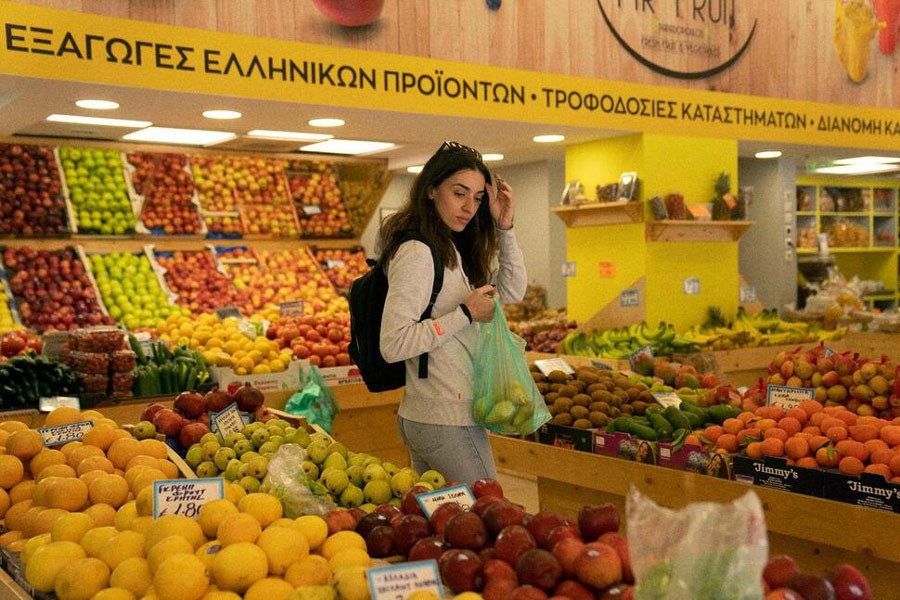Inflation in the European countries using the euro currency hit another record in August, fueled by soaring energy prices mainly driven by Russia’s war in Ukraine.
Annual inflation in the eurozone’s 19 countries rose to 9.1per cent, up from 8.9 per cent in July, according to the latest figures released Wednesday by the European Union statistics agency Eurostat.
Inflation is at the highest levels since record-keeping for the euro began in 1997, reports AP.
Prices are also rising in many other countries as Russia’s war in Ukraine grinds on, triggering unprecedented increases for energy and food that are squeezing household finances. This summer has seen a wave of protests and strikes around the world by workers pushing for higher wages and people fed up with the high cost of living.
Inflation in Britain, Denmark and Norway, which have their own currencies, is also surging, according to official data released earlier this month. Inflation is also high in the US, adding urgency for the Fed to keep raising interest rates. Prices were up 8.5 per cent in July compared with a year earlier, thought that was lower than 9.1 per cent in June.
In the euro zone, energy prices surged 38.3 per cent, though the rate was slightly lower than the previous month, while food prices rose at a faster pace of 10.6 per cent, according to Eurostat's preliminary estimate.
While global supply pressures have been easing in recent months, “specific European problems continue to push inflation higher," ING Bank economist Bert Colijn wrote in an analyst note. “The gas supply crisis and droughts are adding to persisting supply-side pressures on inflation at the moment."
Russia, a major energy producer, has been reducing the flow of gas to European countries that have sided with Ukraine in the war, a move that's wreaked havoc with prices.
At the same time, nearly half of Europe has been afflicted by an unprecedented drought that's hurting farm economies, crimping production of staple crops like corn, and driving up food prices.
Price rises for manufactured goods like clothing, appliances, cars, computers and books accelerated to 5.0 per cent, and the cost of services rose 3.8 per cent.


